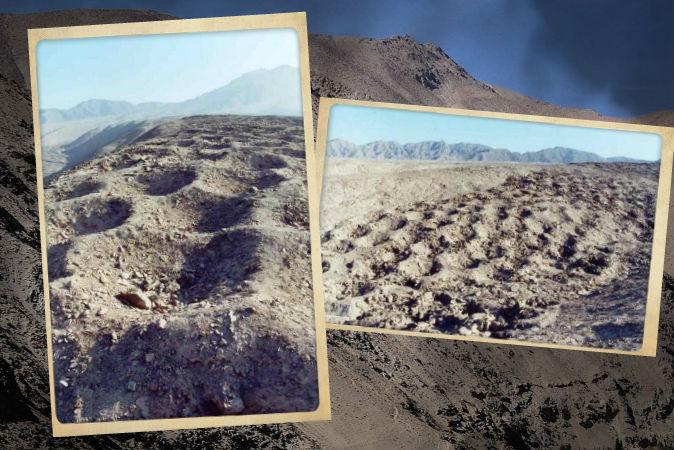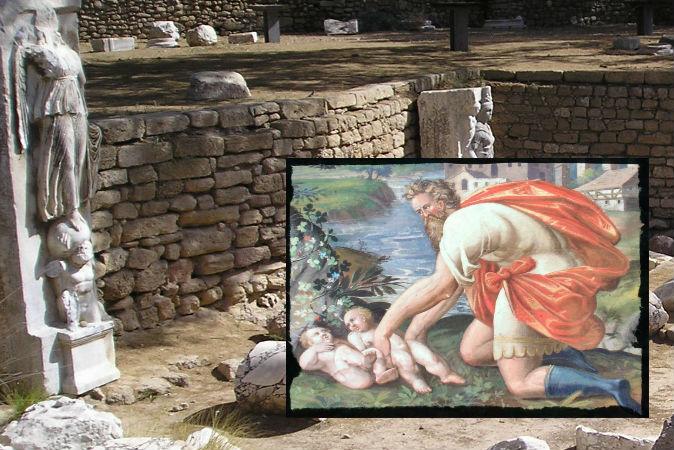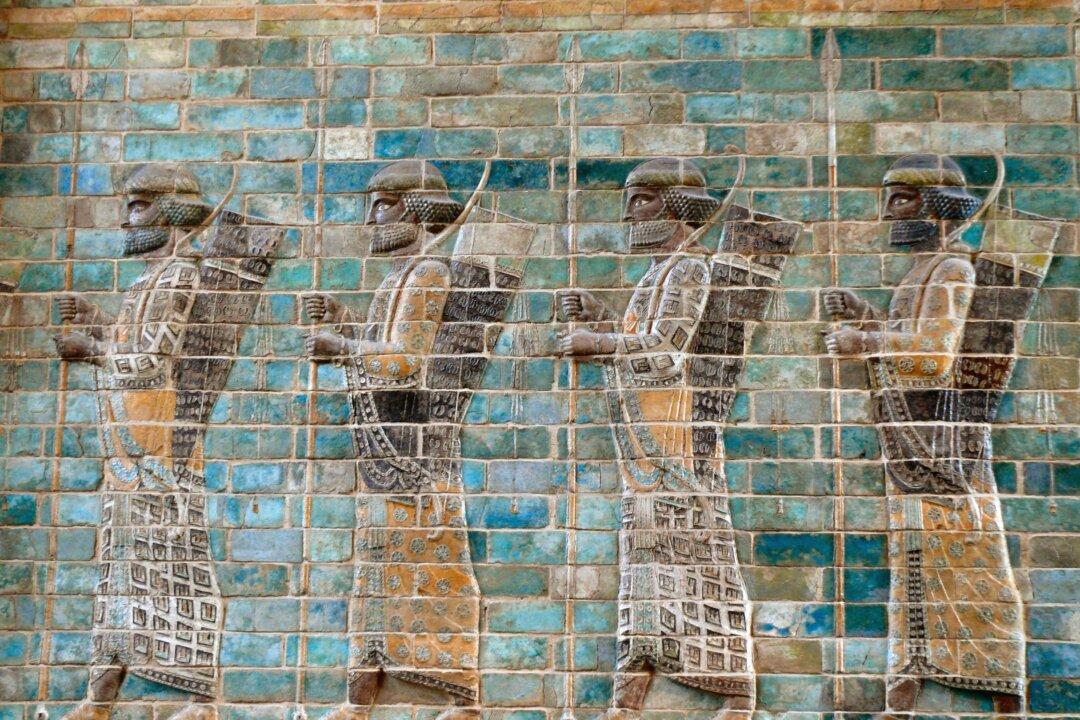The Royston Cave is an artificial cave in Hertfordshire, England. It is not known who created the cave or what it was used for, but there has been much speculation. Some believe that it was used by the Knights Templar. Others believe it may have been an Augustinian store mine. Another theory is that it was a Neolithic flint mine. None of these theories have been definitively substantiated, and the origin of the Royston Cave remains a mystery.
Royston cave was discovered in August 1742 by a worker digging holes to build footing for a new bench at a market. He discovered a millstone while he was digging, and when he dug around to remove it, he found the shaft leading to the cave.
When the cave was discovered, it was half-filled with dirt and rock. Efforts were made to remove the dirt and rock, which was subsequently discarded. Some believed or hoped that treasure would be found within Royston cave. However, removal of the dirt did not reveal any treasure. Sculptures and carvings were found within. It is worth noting that, had the soil not been discarded, today’s technology could have allowed for a soil analysis.




